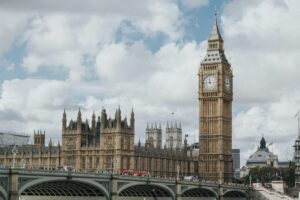Written by Tom Selby, head of retirement policy at AJ Bell
If it wasn’t clear before now, prime minister Rishi Sunak and chancellor Jeremy Hunt want to get the economy back on track, with a twin focus on cutting inflation and boosting growth.
With the government unwilling to borrow to fund greater levels of investment in UK Plc, it is turning to the estimated £2.5 trillion honey pot of pensions assets to do the heavy lifting.
This is the context through which most of today’s announcement need to be viewed. Whether it’s establishing default consolidators to sweep up an estimated 12 million small pots worth £4 billion, pushing for DB schemes to combine and shift their investment approach away from bonds and gilts and towards ‘productive assets’, or the emphasis on value for money in DC pensions, the government is making no secret of its desire to use people’s pensions to get the UK economy out of the doldrums.
While this desire to corral pension money into the UK economy is understandable, there is a danger hard-working savers will simply be forgotten about in all of this. It is also important the benefits and potential risks of these reforms are carefully explained to savers.
Claims from the chancellor last night that the average DC pension saver will see their retirement pot increased by 12%, or £1,000 a year, for example, as a result of greater levels of allocation to illiquid, high-risk investments are deeply concerning.
It is, of course, possible that these assets will deliver greater returns than existing investments – but to suggest this with such certainty without mentioning the risks involved is dangerous. As these reforms move from consultation to reality, it is vital the structures that exist in the UK to protect savers, including regulators and trustees, remain entirely focused on the needs of savers, rather than the political goals of the party in power.














